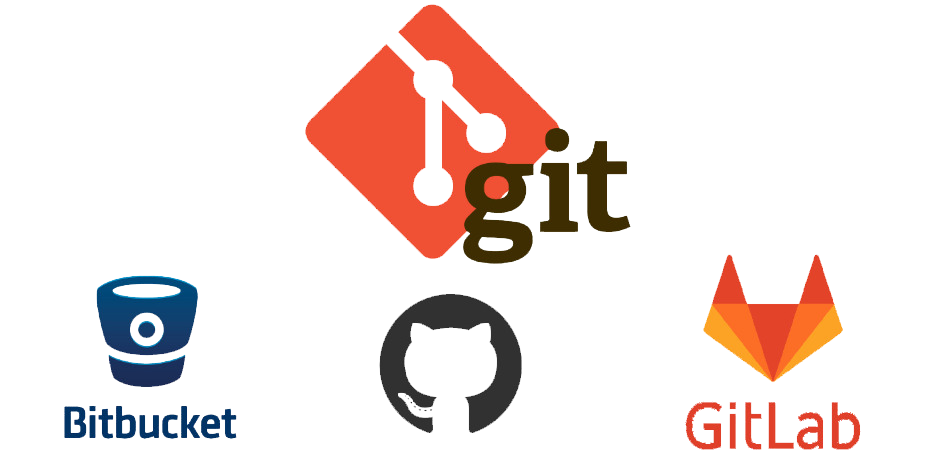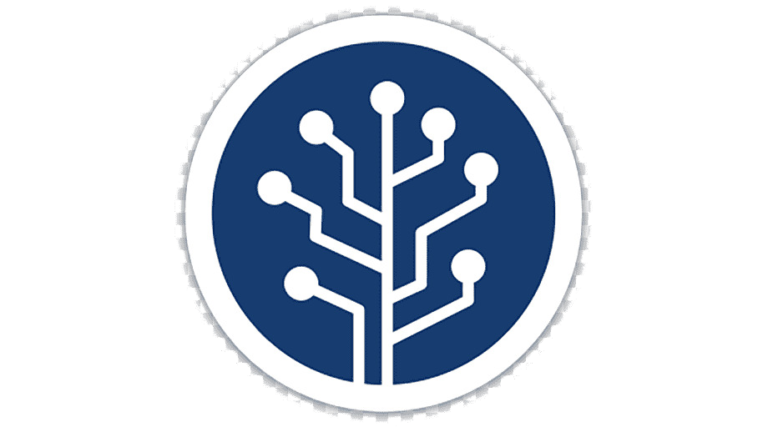
A Guide to Version Control Systems
A Guide to Version Control Systems: Software development requires managing code changes, collaborating with teams, and maintaining a record of past projects. Version control systems (VCS) offer a solution to these problems by facilitating more productive developer collaboration and maintaining code integrity. This blog will discuss version control systems and their benefits, drawbacks, and popular options.
Version control systems are software solutions that assist developers in managing and monitoring changes made to their codebase over time. They allow developers to work together, store code in a shared repository, compare changes, and go back to previous revisions as needed.


Collaboration and Teamwork
VCS facilitates efficient collaboration by allowing multiple developers to work on the same piece of code concurrently and intelligently merging their changes.
Code Integrity
Because VCS keeps a record of every alteration, developers can keep track of who made what changes when, which makes it easier to find and fix issues.
Versioning and Rollbacks
Developers may quickly create branches for different features or experiments or go back to previous iterations of their code with the aid of VCS.
Conflict Resolution
When many developers make changes to the same code sections, conflicts may arise. VCS helps to discover and resolve these conflicts to allow simple integration of changes.
Centralized Version Control Systems (CVCS)
These systems feature a central server hosting the codebase, which developers can check out to work on files. Two examples are Subversion (SVN) and CVS.
Distributed Version Control Systems (DVCS)
A local copy of the entire source is available to every developer in DVCS, enabling quicker operations and simpler offline work. Popular DVCS solutions are Mercurial and Git.


Git has become incredibly popular in recent years, largely because of its speed, adaptability, and feature-rich feature set. The key components of Git are as follows:
Distributed nature
Each developer has a complete copy of the repository, making collaboration and offline work simple.
Fast and efficient
Git’s fundamental architecture ensures speedy operations even with large codebases.
Branching and merging
Git makes branch creation and merging simple, allowing you to work on multiple features or experiments at simultaneously.
Github and GitLab
These services provide web-based interfaces for hosting Git repositories, which facilitates collaboration and code sharing.
Commit Regularly
Frequent commits help to track changes and provide a detailed history.
Use Descriptive Commit Messages
Commit statements that are unambiguous and uncomplicated make changes easier to understand.
Create Meaningful Branches
To keep a clean and organised codebase, use branches to work on different features or bug fixes.
Collaborate Effectively
Talk to your peers, resolve conflicts fast, and use pull requests to review code.
Backup and Repository Management
Make sure that access controls are in place and regularly backup repository data in order to maintain code security.


Version control systems have revolutionized software development teams by providing a structured approach to code management, teamwork, and project tracking. Git is the most widely used alternative; its extensive feature set makes it a favorite among developers worldwide. By following best practices and making use of version control systems, developers can enhance code quality, streamline workflows, and foster teamwork.
